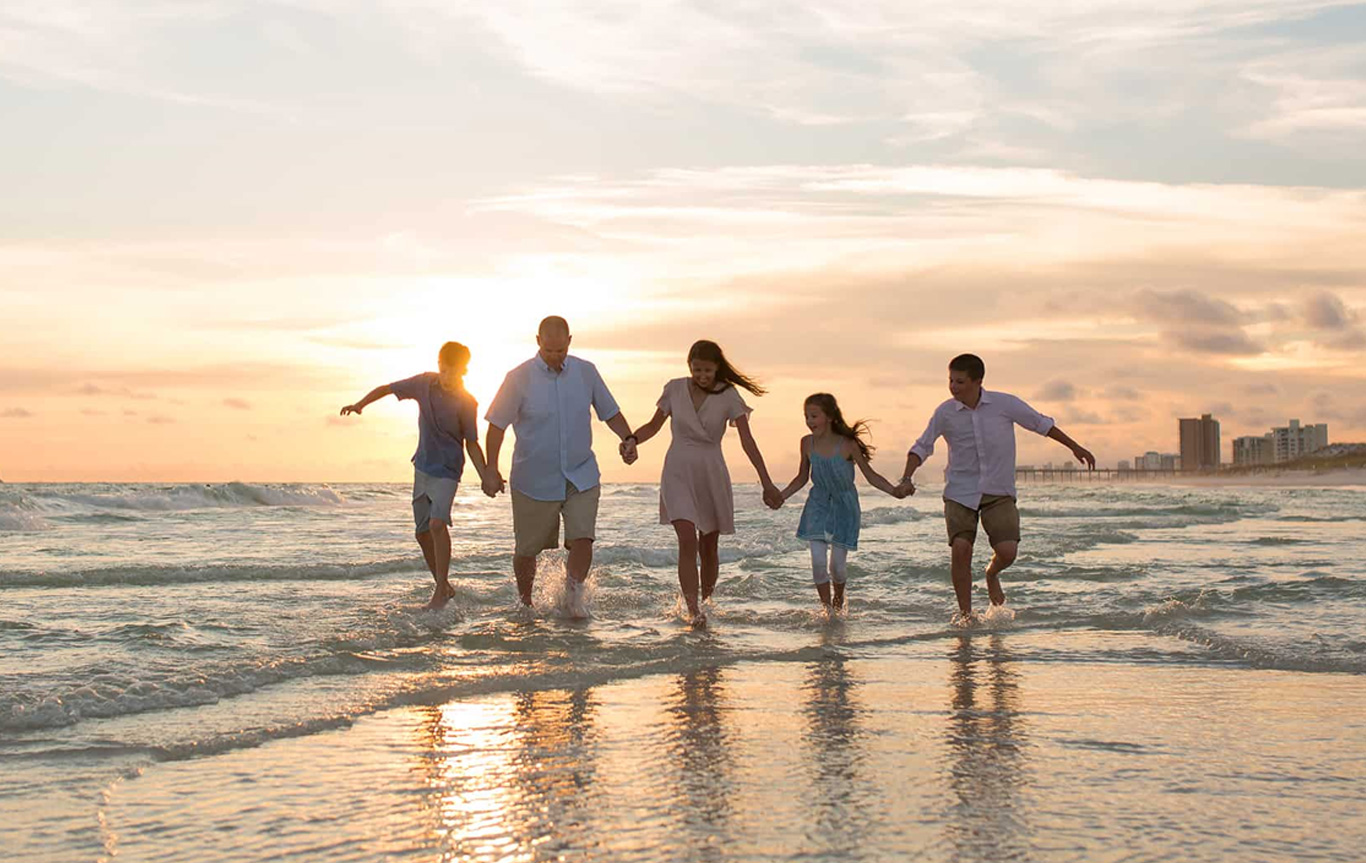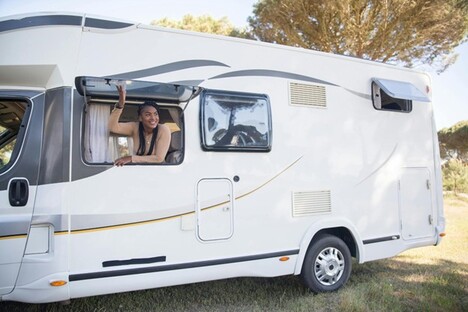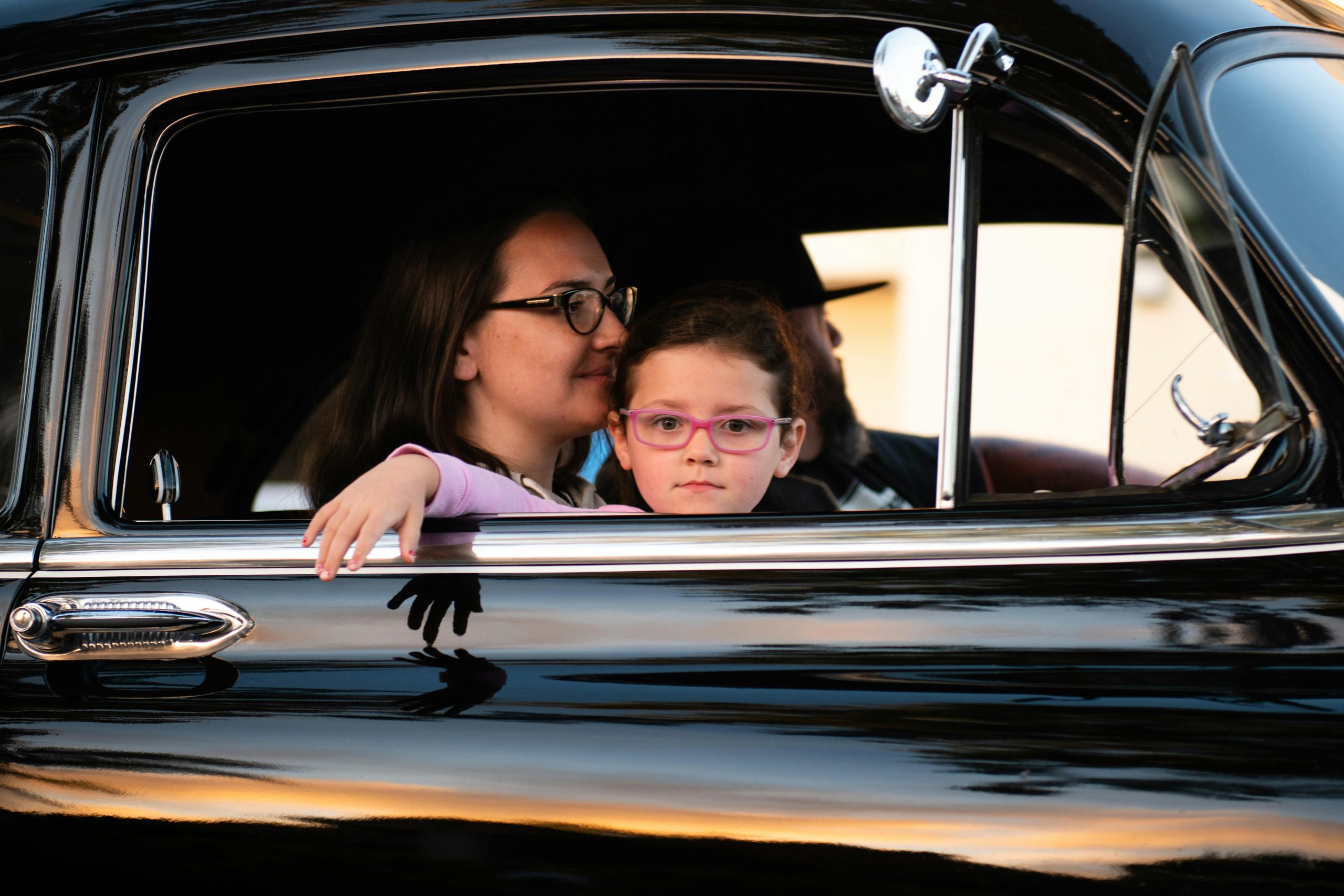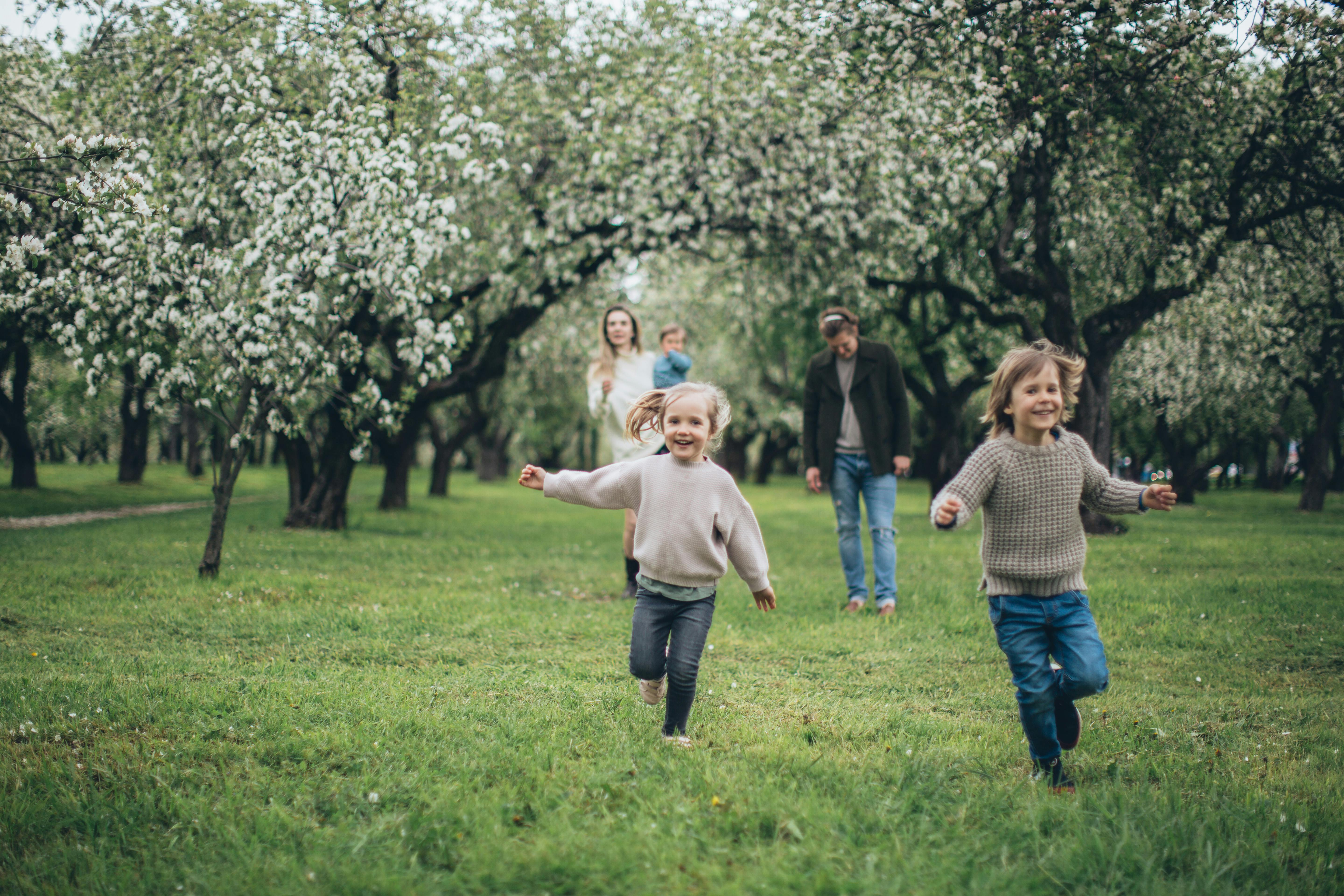


Caravanning is a wonderful way to explore the great outdoors, travel at your own pace, and enjoy the freedom of the open road. As enjoyable as the experience can be, it comes with unique challenges when temperatures rise. Whether you’re traveling through sun-soaked coastal regions, camping in the heart of the countryside, or parked at a busy caravan park, the heat can quickly become overwhelming if you’re not prepared. Staying cool while caravanning is important for your health, safety, and the enjoyment of your trip. By taking a few proactive steps, making smart choices about your environment, and using available tools, you can create a comfortable living space even in the hottest weather.
The location where you park your caravan can have a major impact on how cool or hot your experience will be. Natural shade is one of the best defenses against heat, so always look for pitches with trees, tall bushes, or built-in shelter. Even partial shade during midday can lower the interior temperature noticeably. If trees aren’t available, think about how the sun moves throughout the day and park with your largest windows or doors facing away from direct sunlight. Grass or dirt pitches tend to stay cooler than paved or concrete spots, which radiate heat for hours. A well-chosen location helps with comfort and creates a naturally pleasant environment where you can relax without constantly battling the sun.
Your caravan’s condition directly affects how well it handles hot weather. Regularly checking seals around doors and windows prevents hot air from creeping inside and cool air from escaping. Adding insulation or reflective roof coatings can help reduce heat absorption. Installing fans to keep your caravan cool improves airflow and helps expel warm air. If you have built-in air conditioning, regular servicing ensures it operates efficiently when you need it most. Even small upgrades, like replacing old curtains with thermal blinds, can make a noticeable difference. Maintaining your caravan with heat management in mind improves comfort and increases energy efficiency, saving you money in the long run.
Blocking sunlight before it enters your caravan can dramatically lower interior heat levels. Reflective window covers, thermal blinds, or insulating curtains work by bouncing solar rays back outside, preventing them from heating your space. External shades are particularly effective since they stop heat before it even reaches the glass. Inside, thick blinds or curtains add another layer of insulation, trapping cooler air within. Combining these methods creates a noticeable difference during peak afternoon sun. Roof hatches can benefit from reflective covers, further reducing heat absorption. These measures keep your caravan cooler and protect furnishings from fading, and reduce reliance on energy-consuming cooling devices, making your trip more comfortable and more efficient.
Hydration is vital when caravanning in hot weather, as dehydration can leave you feeling fatigued and unwell. Always keep a supply of cold water handy and sip consistently throughout the day rather than waiting until you’re thirsty. Reusable insulated bottles are great for keeping drinks chilled longer. What you eat plays an important role. Heavy, hot meals can raise your body temperature and leave you sluggish, while lighter meals such as fresh fruit, salads, and yogurt keep you energized and cool. Chilled snacks and water-rich foods like cucumbers or watermelon are perfect choices. By combining smart hydration habits with a light diet, you give your body the support it needs to handle the heat more comfortably.
Sometimes, staying inside a caravan on a hot day feels like being trapped in a small oven. To avoid this, set up a shaded and comfortable outdoor living space. Portable awnings, pop-up gazebos, or canopy tents extend your living area beyond the caravan walls, giving you a cooler place to relax, cook, and socialize. Pair this setup with lightweight folding chairs, a table, and maybe even a battery-powered fan for added comfort. Cooking outdoors prevents excess heat from building up inside. Outdoor spaces allow you to enjoy the fresh air, engage with fellow travelers, and make the most of scenic views while remaining cooler than you would inside. It’s a simple, effective way to expand comfort while caravanning.
Timing your travel and activities around the heat of the day makes caravanning much more comfortable. The hottest hours are usually between late morning and mid-afternoon, when the sun is at its strongest. Plan drives, sightseeing, or strenuous activities for early mornings or late afternoons when temperatures are lower and conditions are more pleasant. During midday, rest in shaded areas, relax outside under your awning, or explore indoor attractions. Smart scheduling conserves your energy for more enjoyable adventures later in the day. Aligning your activities with the natural temperature shifts of the day can make your entire trip flow more smoothly

Airflow is one of the simplest but most effective tools for keeping your caravan cool. Without it, hot air builds up quickly, leaving the space uncomfortable and stuffy. Use roof vents, side windows, and doors strategically to create a cross-breeze that pulls cooler air inside while pushing warm air out. Installing insect screens ensures you can keep things open without worrying about bugs. Portable fans add to this effect when placed near openings to enhance circulation. At night, opening windows slightly can allow cooler air to flow through, resetting the temperature for the following day. Prioritizing ventilation helps regulate the indoor climate naturally, reduces humidity, and ensures the caravan remains a comfortable retreat after long, sunny adventures.
Clothing choices make a huge difference in how your body handles heat. Fabrics like cotton and linen are breathable and help wick away sweat, while synthetic materials often trap heat. Loose-fitting clothes allow for better airflow and body temperature regulation. Lighter colors reflect the sun’s rays rather than absorbing them, helping to keep you cool. When spending time outdoors, wear wide-brimmed hats for shade and UV-protective sunglasses for eye comfort. Breathable footwear, such as sandals or lightweight sneakers, helps prevent overheating. Dressing appropriately reduces fatigue and heat-related stress, making daily activities more enjoyable. With smart clothing choices, you can focus on exploring and relaxing instead of battling discomfort.
Cooking inside a caravan can quickly raise indoor temperatures, so managing how and where you cook is crucial. Outdoor cooking solutions such as barbecues, camping stoves, or portable grills are ideal because they keep excess heat outside. When preparing meals indoors, choose quick, low-heat options to minimize temperature increases. Using exhaust fans or opening windows while cooking helps remove hot air. Cold meals like sandwiches, wraps, or salads are perfect for hot days when you’d rather avoid heat altogether. Planning meals around the weather ensures that your caravan stays comfortable and prevents the living space from turning into a sauna every time you prepare food.
Not every caravan is equipped with built-in air conditioning, but portable cooling devices can bridge the gap. Compact fans are lightweight and energy-efficient, perfect for boosting airflow. Evaporative coolers, which add moisture to the air while cooling it, work well in dry climates. For those with access to mains electricity or a strong battery setup, small portable air conditioning units can transform the indoor environment. Always select devices that match your caravan’s power capabilities to avoid tripping circuits. Consider rechargeable fans for off-grid trips to conserve energy. These devices provide targeted relief, whether you’re resting, cooking, or sleeping, making them an invaluable investment for comfort on warm-weather journeys.
Traveling with pets in hot weather requires special attention. Animals are sensitive to heat and can overheat much faster than humans. Always ensure they have access to fresh, cool water and shaded areas. Lightweight bedding, cooling mats, or even a small portable fan aimed at their resting area can make a big difference. Avoid walking dogs during peak heat. Opt for early mornings or evenings when temperatures are milder. Never leave pets inside a caravan unattended on a hot day, as temperatures can soar to dangerous levels within minutes. Prioritizing their comfort ensures that your furry companions remain safe, happy, and ready to enjoy the journey with you.
When the heat becomes overwhelming, taking planned cooling breaks can transform your trip. Swimming spots such as lakes, rivers, or beaches provide natural relief, while shaded parks are perfect for picnics and rest. If you’re near towns or cities, consider visiting air-conditioned cafés, museums, or shops during the hottest hours. These short breaks add variety to your journey. Planning hikes or sightseeing for cooler parts of the day, with refreshing pauses in between, ensures that you don’t overexert yourself. By weaving cooling activities into your daily routine, you balance adventure with comfort, keeping body and mind refreshed.

Caravanning in hot weather doesn’t have to mean sacrificing comfort. With the right preparation, equipment, and lifestyle choices, you can stay cool, safe, and refreshed no matter how high the temperature climbs. From choosing shaded locations and maximizing ventilation to planning cooling activities and maintaining your caravan efficiently, every small step contributes to a more enjoyable trip. By staying hydrated, protecting pets, and managing energy wisely, you’ll beat the heat and enhance your caravanning experience. The key is to stay proactive, flexible, and mindful of your environment, ensuring your adventures remain as fun and stress-free as possible.




